当前位置:
X-MOL 学术
›
ACS Appl. Polym. Mater.
›
论文详情
Our official English website, www.x-mol.net, welcomes your
feedback! (Note: you will need to create a separate account there.)
Temperature-Controlled Screening of Catechol Groups in Poly(N-Isopropylacrylamide-co-Dopamine Methacrylamide) for Cell Detachment
ACS Applied Polymer Materials ( IF 4.7 ) Pub Date : 2024-02-01 , DOI: 10.1021/acsapm.3c01971
Liuxin Yang , Pengfei Ren , Dandan Wei , Min Liang , Li Xu , Yinghua Tao , Guanhua Jiao , Tianzhu Zhang , Qianli Zhang
ACS Applied Polymer Materials ( IF 4.7 ) Pub Date : 2024-02-01 , DOI: 10.1021/acsapm.3c01971
Liuxin Yang , Pengfei Ren , Dandan Wei , Min Liang , Li Xu , Yinghua Tao , Guanhua Jiao , Tianzhu Zhang , Qianli Zhang
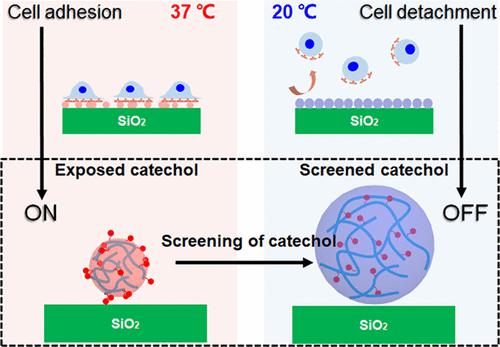
|
Temperature-responsive poly(N-isopropylacrylamide) (PNIPAM) polymers have been studied in many fields due to their “on–off” adjustable properties under temperature stimulation. In this work, the “on–off” mechanism for poly(N-isopropylacrylamide-co-dopamine methacrylamide) (PNIPAM-co-DMA) microgels for cell culture and nonenzymatic cell harvest was explored. Thermoresponsive surfaces were developed on silica wafers using microgels with different DMA contents using a simple spin-coating method. Experiments showed that the microgels showed an “on” state above the lower critical solution temperature (LCST), and PNIPAM-co-DMA (PND) microgels shrank to expose catechol groups for enhanced cell adhesion and proliferation. Conversely, the microgels showed an “off” state below LCST, and the hydrophobic and cell-repellent properties of DMA contributed to the rapid hydration of microgels for accelerated cell disassociation. The developed microgels presented DMA content and distribution-related cell detachment efficiency, with PND (100:0.5) and PND (100:2) showing better results. The failure of cell harvest caused by too much DMA restricted the shrinkage and swelling of microgels due to the strong hydrogen-bonding adhesion of catechol moieties for PND (100:10). Overall, the presented strategy exhibits a wide-ranging utility to construct thermoresponsive surfaces with “on–off” functionalization by introducing catechol chemical monomers.
中文翻译:

用于细胞分离的聚(N-异丙基丙烯酰胺-共-多巴胺甲基丙烯酰胺)中儿茶酚基团的温度控制筛选
温度响应型聚(N-异丙基丙烯酰胺)(PNIPAM)聚合物由于其在温度刺激下具有“开-关”可调特性,已在许多领域得到研究。在这项工作中,探索了用于细胞培养和非酶促细胞收获的聚( N-异丙基丙烯酰胺-共-多巴胺甲基丙烯酰胺)(PNIPAM-共-DMA)微凝胶的“开关”机制。通过简单的旋涂方法,使用具有不同 DMA 含量的微凝胶在二氧化硅晶片上开发了热响应表面。实验表明,微凝胶在高于较低临界溶液温度(LCST)时显示出“开启”状态,并且 PNIPAM- co -DMA(PND)微凝胶收缩以暴露儿茶酚基团,从而增强细胞粘附和增殖。相反,微凝胶在低于 LCST 时显示出“关闭”状态,DMA 的疏水性和细胞排斥特性有助于微凝胶的快速水合,从而加速细胞解离。开发的微凝胶呈现出 DMA 含量和分布相关的细胞脱离效率,其中 PND (100:0.5) 和 PND (100:2) 显示出更好的结果。由于邻苯二酚部分对 PND (100:10) 具有很强的氢键粘附作用,过多 DMA 会导致细胞收获失败,从而限制了微凝胶的收缩和膨胀。总体而言,所提出的策略在通过引入儿茶酚化学单体构建具有“开关”功能化的热响应表面方面表现出广泛的实用性。
更新日期:2024-02-01
中文翻译:

用于细胞分离的聚(N-异丙基丙烯酰胺-共-多巴胺甲基丙烯酰胺)中儿茶酚基团的温度控制筛选
温度响应型聚(N-异丙基丙烯酰胺)(PNIPAM)聚合物由于其在温度刺激下具有“开-关”可调特性,已在许多领域得到研究。在这项工作中,探索了用于细胞培养和非酶促细胞收获的聚( N-异丙基丙烯酰胺-共-多巴胺甲基丙烯酰胺)(PNIPAM-共-DMA)微凝胶的“开关”机制。通过简单的旋涂方法,使用具有不同 DMA 含量的微凝胶在二氧化硅晶片上开发了热响应表面。实验表明,微凝胶在高于较低临界溶液温度(LCST)时显示出“开启”状态,并且 PNIPAM- co -DMA(PND)微凝胶收缩以暴露儿茶酚基团,从而增强细胞粘附和增殖。相反,微凝胶在低于 LCST 时显示出“关闭”状态,DMA 的疏水性和细胞排斥特性有助于微凝胶的快速水合,从而加速细胞解离。开发的微凝胶呈现出 DMA 含量和分布相关的细胞脱离效率,其中 PND (100:0.5) 和 PND (100:2) 显示出更好的结果。由于邻苯二酚部分对 PND (100:10) 具有很强的氢键粘附作用,过多 DMA 会导致细胞收获失败,从而限制了微凝胶的收缩和膨胀。总体而言,所提出的策略在通过引入儿茶酚化学单体构建具有“开关”功能化的热响应表面方面表现出广泛的实用性。




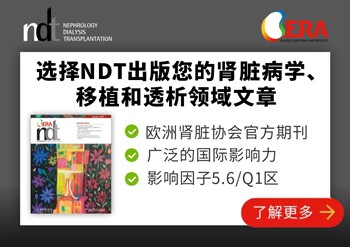



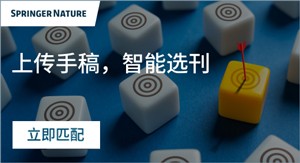








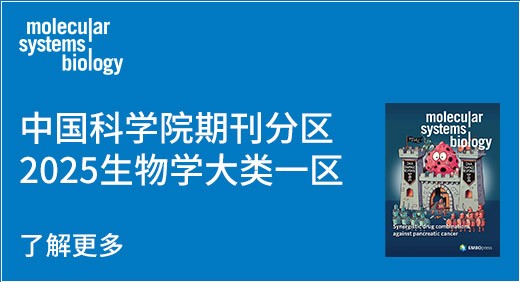
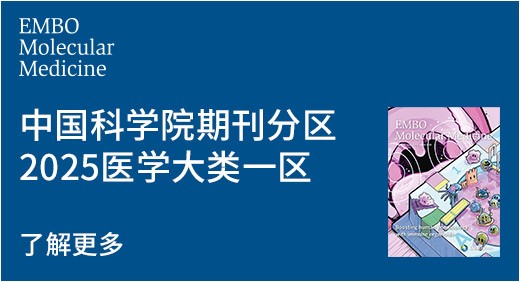
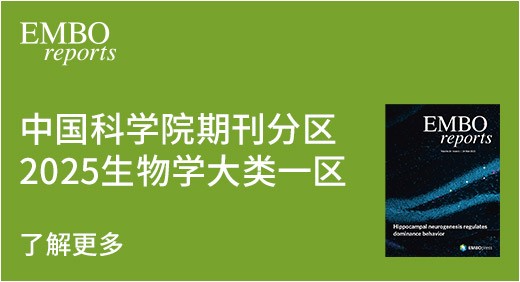




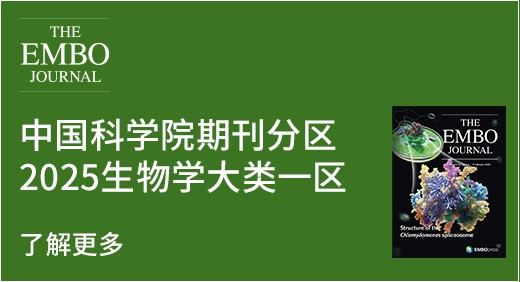



























 京公网安备 11010802027423号
京公网安备 11010802027423号